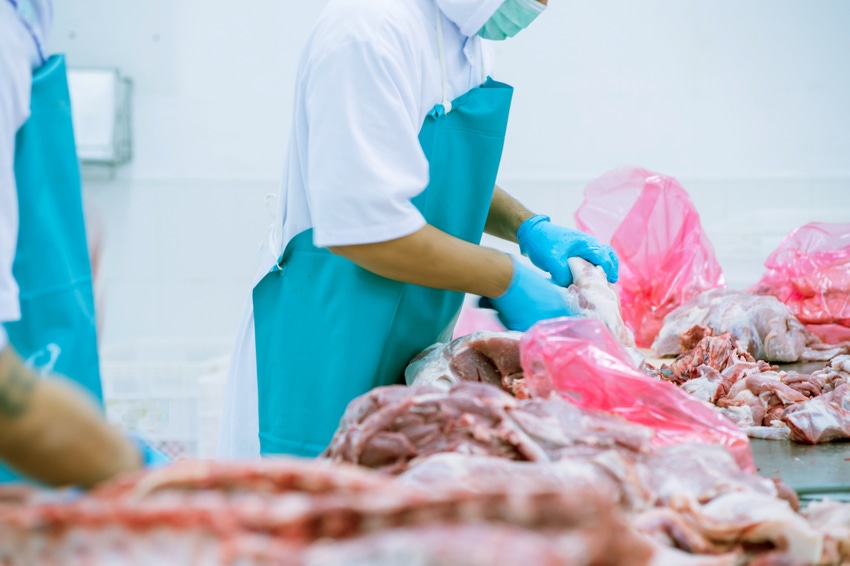OIG finds issues with hog slaughter inspection rule
FSIS did not fully disclose its data sources in its worker safety analysis.

On Feb. 1, 2018, the Food Safety & Inspection Service (FSIS) published its proposed rule, the Modernization of Swine Slaughter Inspection. As part of this rule, FSIS proposed to revoke maximum swine slaughter line speeds for participating establishments and authorize them to set their own line speeds based on their ability to maintain quality and performance measures. In the proposed rule, FSIS compared worker safety data from the Occupational Safety & Health Administration (OSHA) for large establishments with different allowed line speeds.
On March 26, 2019, 16 members of Congress sent a formal request to the U.S. Department of Agriculture’s Office of Inspector General (OIG) to review USDA’s rule-making process related to the proposed rule's worker safety analysis.
Based on the inspection, USDA's OIG concluded that FSIS generally complied with the public participation requirements under Executive Order 13563 and, to the extent required, communicated to OSHA and the National Institute for Occupational Safety & Health (NIOSH) about the impact of the proposed rule.
However, OIG found that FSIS did not fully disclose its data sources in its worker safety analysis. Additionally, OIG concluded that it did not fully adhere to the USDA Information Quality Activities Guidelines data presentation and transparency requirements in the worker safety analysis section in the proposed rule.
“Finally, we concluded that FSIS did not take adequate steps to determine whether the worker safety data it used for the proposed rule were reliable,” OIG said in its report.
FSIS responded that, as it explained to OIG auditors, the preliminary analysis was not used as a basis for the New Swine Inspection System rule-making. “Likewise, it was not used to draw conclusions on worker safety in HIMP [HACCP-based Inspection Models Project] or non-HIMP establishments, nor was it used to determine whether there is an associated impact on food safety. FSIS published the preliminary analysis to solicit comments about line speed and worker safety, specifically for use by the OSHA and NIOSH, the federal agencies with jurisdiction over worker safety,” FSIS said in response to the claims.
Additionally, FSIS claimed that OIG gave too much weight to two inadvertent and insignificant errors committed by FSIS. The first error was a typographical one in a table and did not affect the overall outcome of data therein. The second error was failing to list the website address for OSHA data. OIG cites these missteps as support for a finding that FSIS was not adequately transparent in presenting the data sources for the preliminary analysis, FSIS said in its response.
About the Author(s)
You May Also Like





